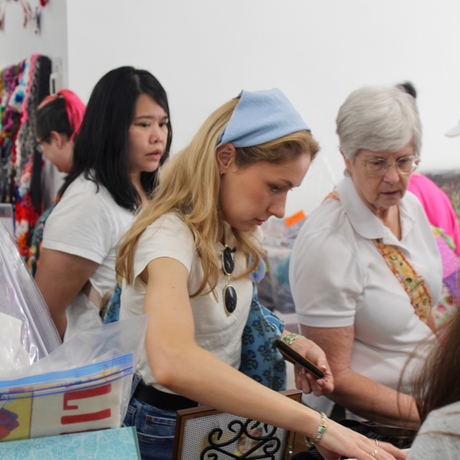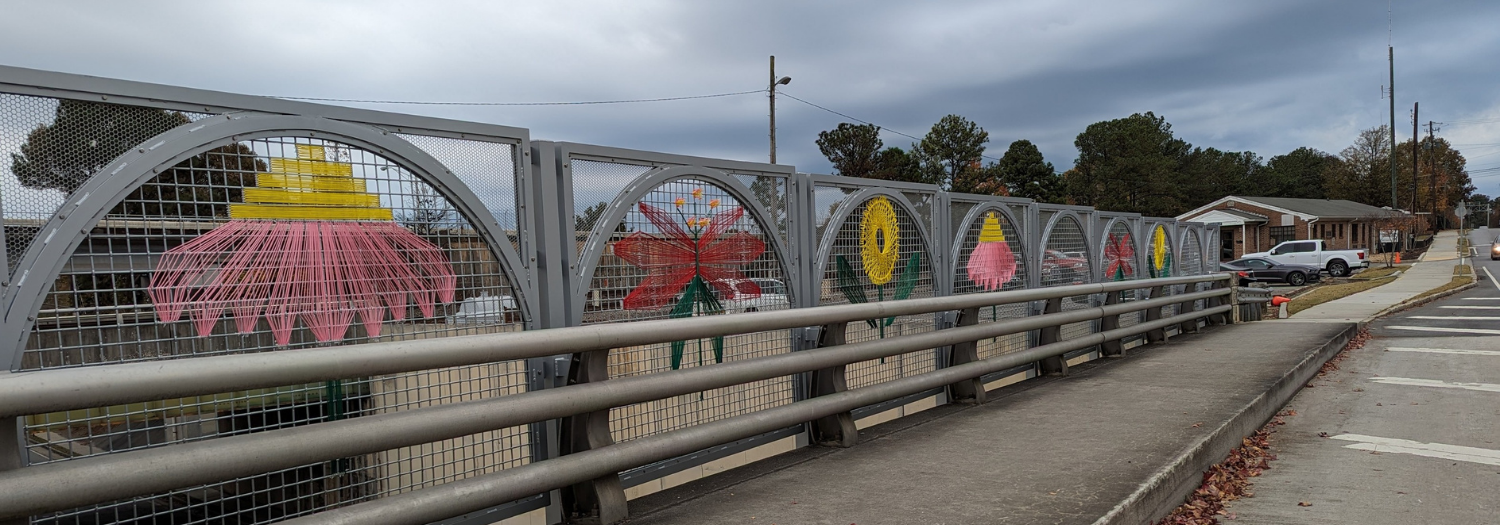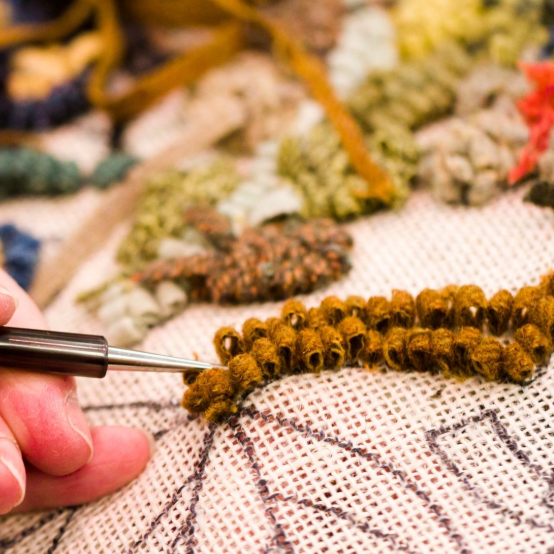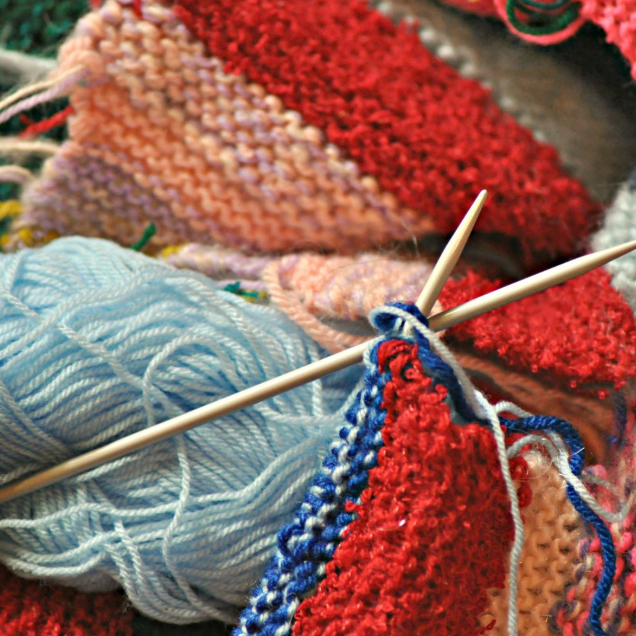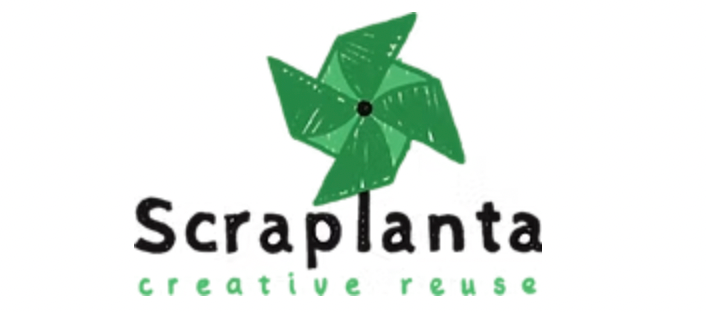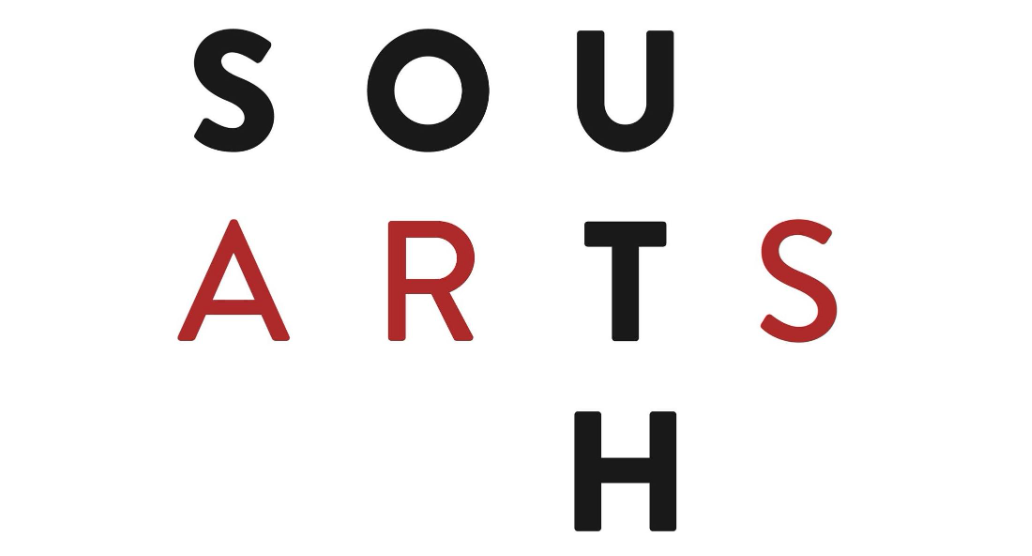Your creative community.
Classes, events, and exhibits in all fiber art techniques,
from applique’ to weaving.
Color Critters by Beth Adrain Berghoff
Connect
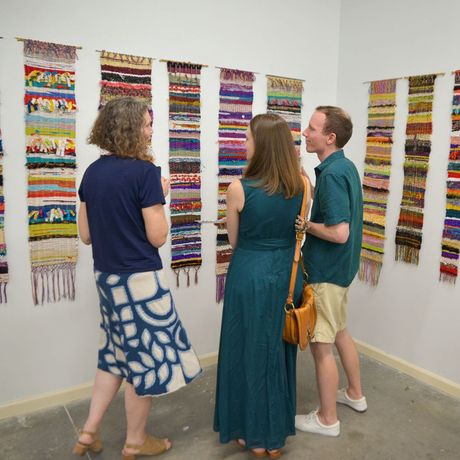
Join the SEFAA family and find your creative home! Enjoy exclusive member events, free monthly program meetings, discounted tuition, and a wealth of opportunities to grow your textile skills. Stay inspired and connect virtually through active social media channels and insightful weekly e-newsletters.
Create
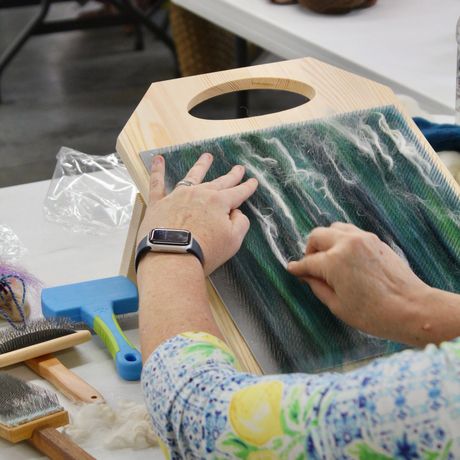
Hands-on learning so you can try it, make it, and improve your skills. Our class topics range from natural dyeing, slow stitching, and spinning flax to silk painting, quilting, sewing, felting, knitting, and more! Learn from expert instructors, grow your skills, and nourish your creative spirit.
Explore
Immerse yourself in textile art. Discover captivating exhibitions, join our free bi-weekly open-studio sessions, check out our popular monthly Stitching Time and Book Club meetings online, and enjoy exciting special events. Inspiration guaranteed!
Art by Angie Knowles
Visit the SEFAA Center
Click here for information about hours, directions, parking, and nearby lodging options.
Connect Online
Connect online: Join SEFAA on Facebook and Instagram, and sign up for our informative weekly e-newsletter.
Email anytime with questions, feedback, and suggestions!
Looking for textile-focused events and exhibits throughout the Southeast? Visit our Community Calendar. Search by type, technique, or location and switch to the view that works best for you. You can also subscribe to the calendar and submit your own textile-focused events.
Volunteer
Whether you have a little time or a lot, join the SEFAA team today. You'll meet new friends and expand your textile experiences while nurturing SEFAA and our regional fiber arts community. Apply here, and together we'll find the perfect opportunity to match your interests, skills, and available time.
Already a volunteer? Check in at the Volunteer Hub.
SEFAA Member Organizations And Businesses
Looking for more technique-specific groups? Check out our wonderful members below. If your group isn’t listed below, we encourage you to join SEFAA. Publicity, partnerships, low-cost space rentals, and an intimate connection to our regional fiber arts community are just some of the benefits that come with your membership!
Meet Our Sponsors
Providers of generous and invaluable support.


